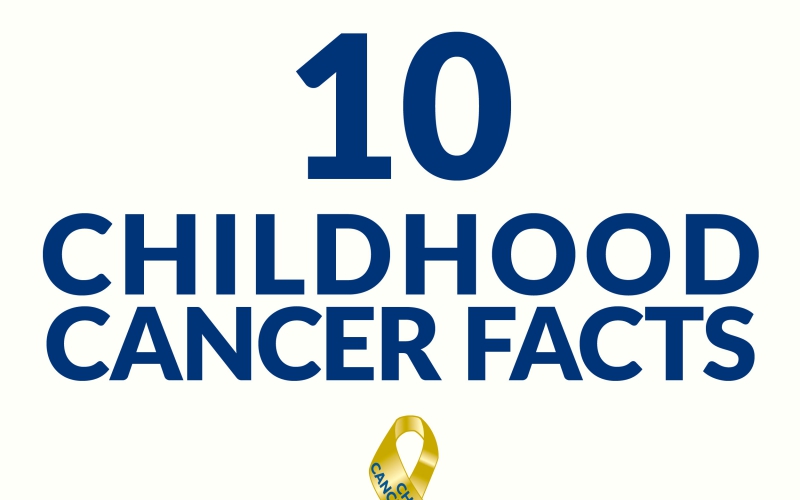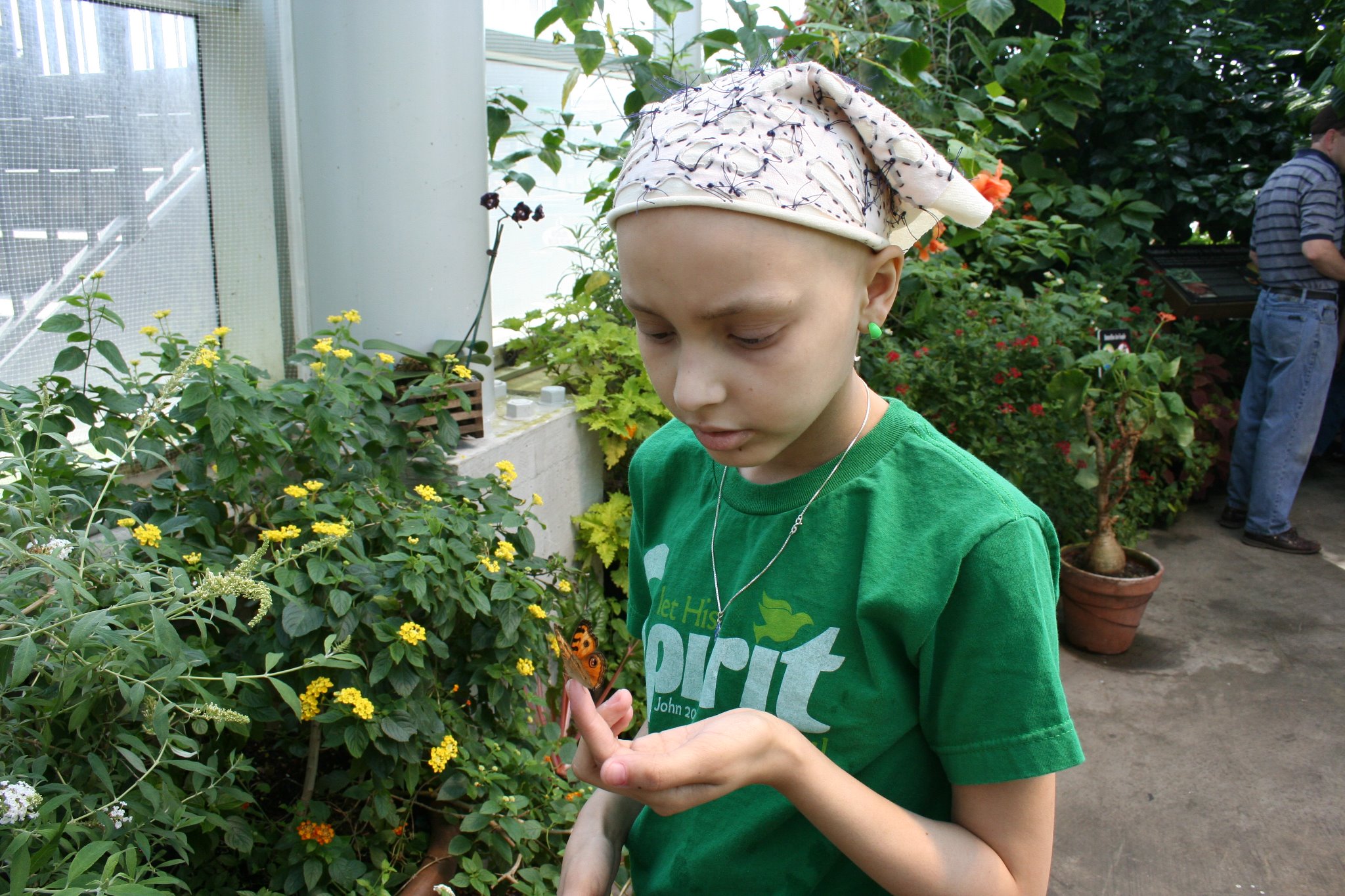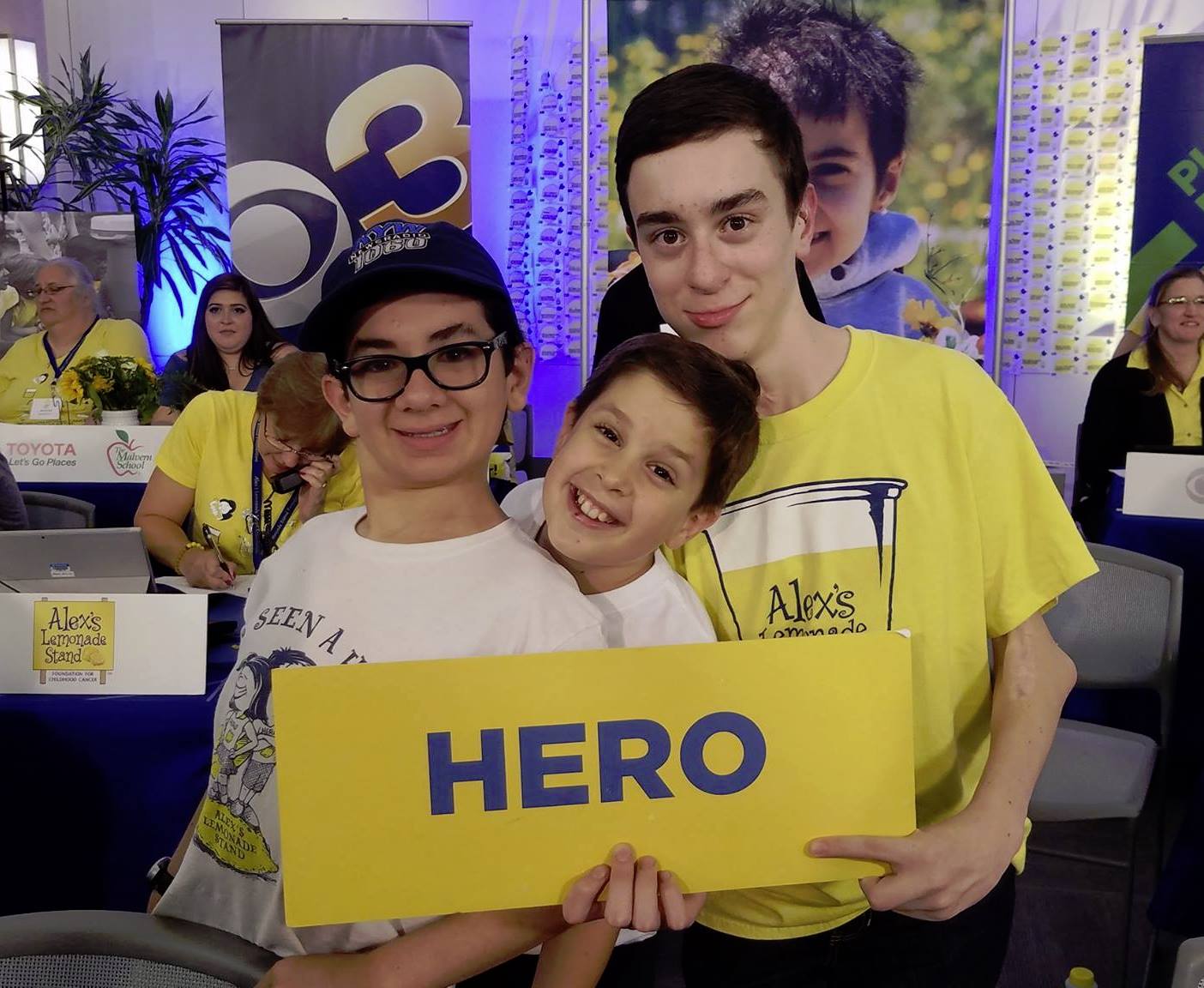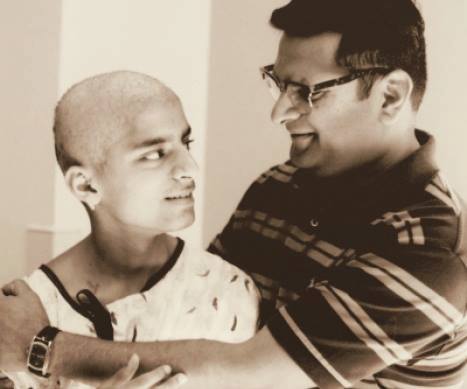
by Trish Adkins
Dealing with a childhood cancer diagnosis can be one of the most devastating and frightening experiences for a family to face. Every day, Alex's Lemonade Stand Foundation strives to raise awareness and funds for much-needed research for better treatments and more cures for all childhood cancers.
While September is Childhood Cancer Awareness month, childhood cancer is an everyday reality for thousands of families around the world. We’ve compiled 10 facts you need to know (and can share!) about childhood cancer:
1. Childhood cancer is not one disease, but several.

Childhood cancer is made up of over a dozen different types and countless subtypes. Cancer in children can begin virtually anywhere in the body. The causes of most types of childhood cancer are not known and are not strongly linked to lifestyle or environmental risk factors, unlike many adult cancers. Researchers are beginning to understand some of the genetic mutations that might cause certain types of childhood cancer and use that information to search for cures. You can learn more about the different types of childhood cancer, including brain tumors, leukemia and other solid tumors like neuroblastoma here.
2. Every day, there are almost 700 new cases of childhood cancer around the world.

This is equivalent to an entire elementary school of children. This adds up to over 250,000 new cases of cancer each year in children under the age of 20.
3. Childhood cancer is the leading cause of death by disease in children in the United States.

Every day, 250 children around the world die from cancer. Each year, 91,250 children lose their lives to cancer. Last year, brain tumors overtook leukemia as the deadliest cause of death by cancer. Long term survival rates continue to increase, but not fast enough to save the thousands of children who will die at the hands of cancer.
4. Childhood cancer treatment is no longer just chemotherapy and radiation.

Cancer treatments are always changing and becoming more targeted. Precise therapies, like Car T cell immunotherapy, that attack the genetic components and drivers of cancer are offering more hope than ever before.
5. A cure is not enough. Surviving childhood cancer brings its own set of complications.

Two-thirds of all childhood cancer patients will have long lasting chronic conditions from treatment. Advancements in treatment have increased survival rates. However, the treatment can lead to late term effects including chronic health conditions or struggles with learning and cognitive impairment. Researchers continue to search for safer, effective treatments, like the growing study of immunotherapy that harnesses the body’s immune system to attack cancer cells, leaving healthy cells, healthy.
6. Data and collaboration will lead to cures.

ALSF has funded over 800 research grants—bringing together the innovative and brilliant minds of childhood cancer researchers. This year, ALSF opened the Childhood Cancer Data Lab (CCDL). The CCDL team will collect and analyze the vast wealth of data already available while integrating discoveries from ALSF-funded researchers and many others. By pulling from previous research and analyzing findings from contemporary projects, the CCDL is accelerating the path to better treatments and cures for kids fighting cancer everywhere.
7. Families often have to travel for cancer treatment.

While childhood cancer treatments are available across the United States, not every town has access to those treatments. Families often have to travel —whether it is for frontline treatment or a clinical trial following a relapse. Treatment brings a financial and psychological burden on families who have to juggle cancer treatment with distance, lost days at work, separation from family, lack of local support systems and the financial cost of flights, hotels and gas. The ALSF Travel for Care program helps families when they need it. Learn more about the program here.
8. Children, like gold, are precious and strong.

Ever wonder why the Childhood Cancer Awareness ribbon is gold? In 1997, a group of parents picked gold as the official color because it symbolizes how precious children are and their resiliency.
9. There is hope.

While childhood cancer is consistently underfunded at the government level, your support of research projects for all types of childhood cancer is bringing us closer to cures than ever before. There are children alive today that would not be because of our supporters' dedication to finding cures for all children, one cup at a time.
10. Cups, miles and donations lead to cures.

Our founder, Alex Scott, started Alex’s Lemonade Stand Foundation with one front yard lemonade stand. Today, ALSF has raised over $150 million and has funded over 800 research grants at 135 institutions. It all started with one cup of lemonade. In September, you can make your miles count during Alex’s Million Mile, the world’s largest childhood cancer awareness campaign. Sign up here.


